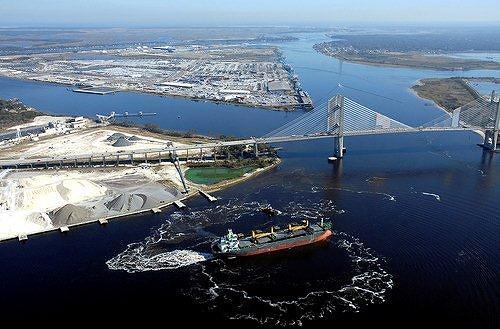
Project Description
Taylor Engineering is currently developing ADCIRC and SWAN coupled models to establish hurricane surge levels along the entire Atlantic coastlines of Georgia and Florida (through the Keys). The overall effort consists of three separate studies — Georgia and northeast Florida (start 2010); east-central Florida (start 2011); and the east coast of south Florida including Monroe County (start 2013). For each study, Taylor Engineering performs a needs assessment, reconnaissance to identify key coastal features and flood protection systems, mesh development (>7.5M total nodes), evaluation and selection of validation storms, model validation to tides and storms, and execution and review of the production run storm suite.
For these studies, coastal engineers are evaluating optimal mesh structure, computational requirements, and SWAN+ADCIRC code requirements. Mesh development tasks include field reconnaissance of important coastal features and structures, examination of aerial photography, and discussions with local stakeholders. Proper representation of important study area features including the St. Johns River and Indian River Lagoon complex prove critical to model performance and require local knowledge to develop proper representation in the model. Review and application of land classification data in the study area allows detailed representation of land and vegetation features within the model.
Validation efforts include tests to document model sensitivity to important parameters and comparisons to measured tide and storm water and wave levels. After model development and validation, each study enters a second phase that includes full production of storm surge values by a team of experts lead by Taylor Engineering. Given the size of the computational domains, the studies require the use of supercomputer systems that allow parallel processing of model simulations.
Study results will allow FEMA to update its flood insurance studies in the study area counties. These updates will result in sound floodplain management practices, fairer application of flood insurance rates, and the development of sustainable communities.


Taylor Engineering’s state-of-the-art modeling work identifies accurate coastal flood hazards required for floodplain management and levee design and certification.







